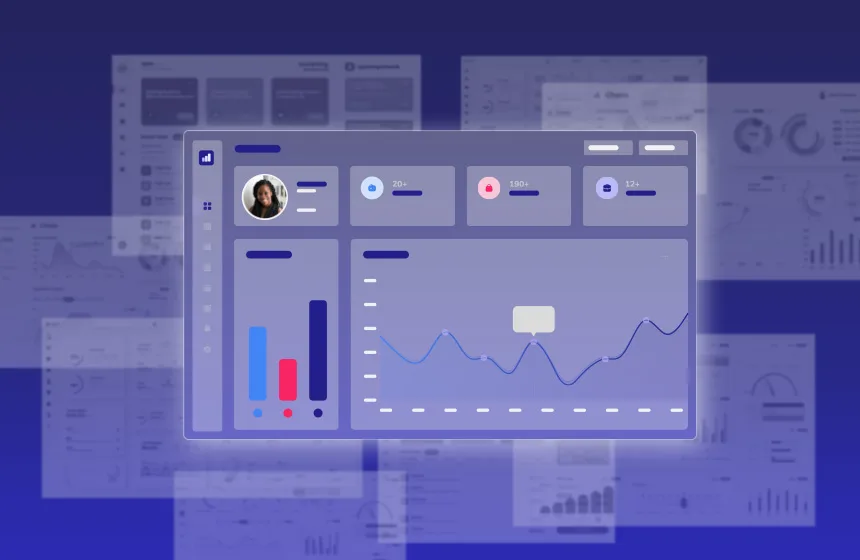Accelerate deals and increase win rates with the leading enterprise AI demo platform.
B2B Buyer Expectations in 2020s

April 23, 2025
Table of Contents
It’s no secret that the way buyers want to buy products and services has shifted significantly in the past few years. This trend started in the B2C world, where customers got quickly accustomed to buying anything you can think of online, and it only accelerated with the Covid pandemic hitting in 2020.
But this shift hasn’t stayed only in the B2C world – it’s hitting the B2B world now as well.
B2B Buyer Expectations: What to Be Aware Of
The expectations that buyers have for a B2B purchasing process and what most B2B companies are actually providing has a big gap. It’s no longer about having the right sales process, because it’s now a buyer’s process. And companies that keep ahead of these trends are going to do very well in the long run. Let’s look at what industry leaders are doing well, and what we can all do to improve.
Let Buyers Lead the Process
Buyers these days have very little patience for the traditional sales-led buying process. Old-school established sales journeys aren’t serving many B2B companies all that well – who wants to be stuck in a strict process while they’re trying to give you money? Since options for products in the B2B SaaS world especially have exploded, customers have plenty of choices about where to spend their money. And they don’t want to be forced through a single standardized sales motion.
In our recent Revenue Collective webinar, this was one of the biggest points that emerged as a best practice – letting buyers lead the sales process. Not too long ago, people didn’t really know how to buy SaaS products and needed plenty of hand-holding during demos. However, buyers today are more self-educated on the solutions they are looking for and want more of a technical discovery on their first live sales demo.
There are some who are new to the process and need plenty of attention and education – but there are also prospects who have used your product (or something similar) before and just want to buy them again and go on their way. Tailoring your sales process to what each buyer is telling you they want, helps keep everyone happier.
Offer Online Resources
67% of the B2B buying process now takes place on digital channels. And 68% of buyers prefer to research online on their own. But many B2B sales and marketing teams are just beginning to create content and digital experiences that allow customers to do research and educate themselves on their own effectively.
This doesn’t mean abandoning all potential buyers to an online resources library and letting them fend for themselves. There will still be some prospects who want to talk to your sales team directly to get answers to their questions and gain education. But if you’re ignoring the majority of buyers who want to do their own research on your website and social media channels, you’re going to miss out on potential purchases.
Instead, it’s best to focus on creating digital content that offers real value and insightful information to your prospects and current customers as well. This goes beyond content marketing – it works best if you’re freely offering content (no gates!) that truly serves your customers and prospects. This content can be blog posts or white papers, videos, or an interactive product tour on your website so your buyers can experience at least some of your product before choosing to interact with your sales team.
Personalize the Experience
Personalizing the B2B buying experience is certainly more challenging than in the B2C world, because there’s typically multiple people involved in the purchasing process at a company.
But B2B buyers still expect a personalized purchase experience, given the amount of data that vendors have access to these days. In fact, research from Deloitte shows that lack of personalization is a top frustration for B2B buyers, especially when they’ve offered up plenty of data. Providing a personalized experience makes for happier customers though it does create more work for the vendor.
Fortunately, there are a few great ways to personalize your B2B buying experience. One is by tailoring communications throughout the purchase and post-purchase process. Another is by creating customized interactive demos with demo creation software like Reprise so prospects can see how your product will work for them, not for some other company that might not have much to do with their own.
Key Takeaways
Buyers today have a lot of power – and the B2B world is learning to adapt. By letting buyers lead and offering them multiple paths to making a purchase, as well as ensuring you’re creating a personalized buying experience, you can bring in more customers and keep them more satisfied.






